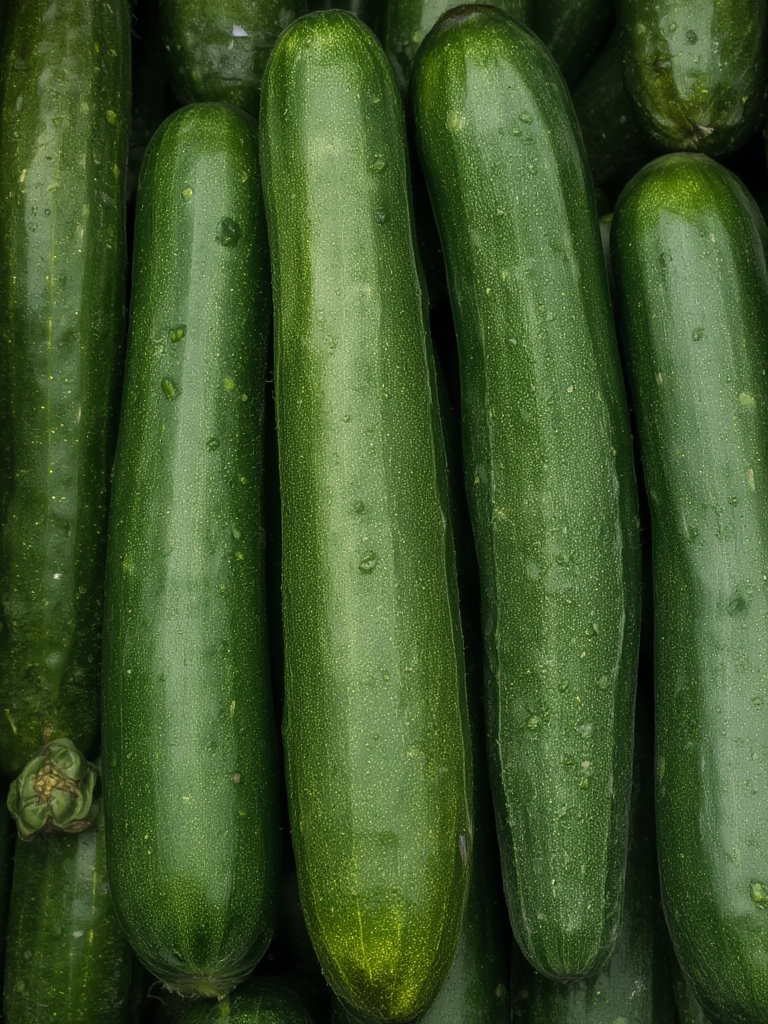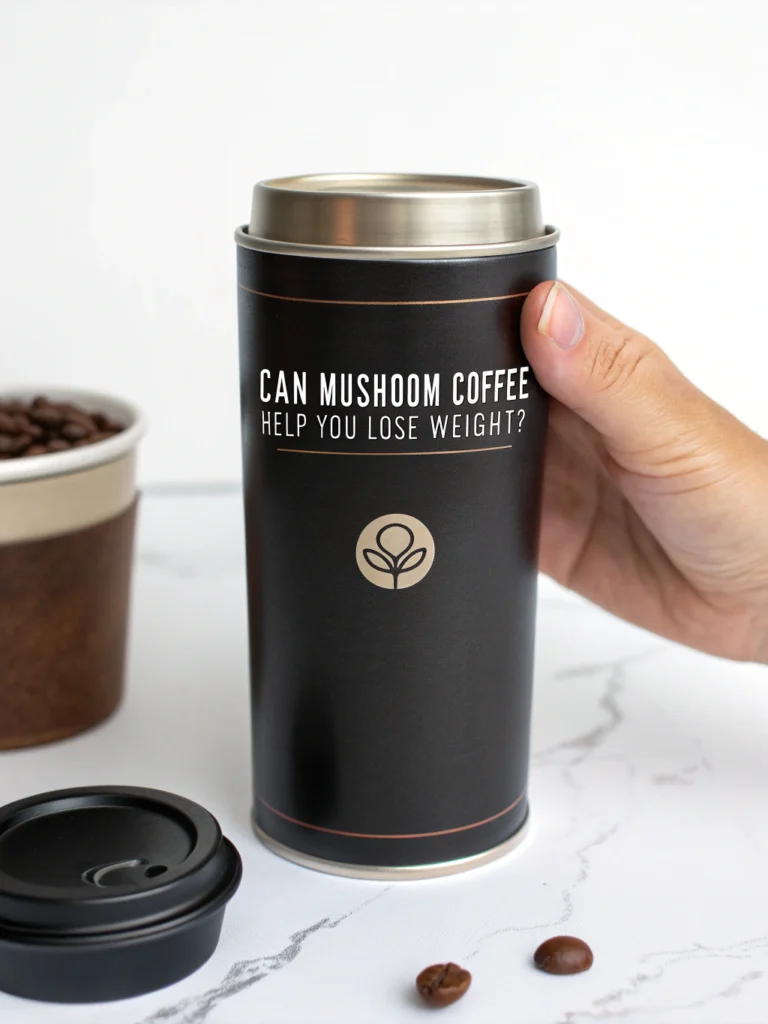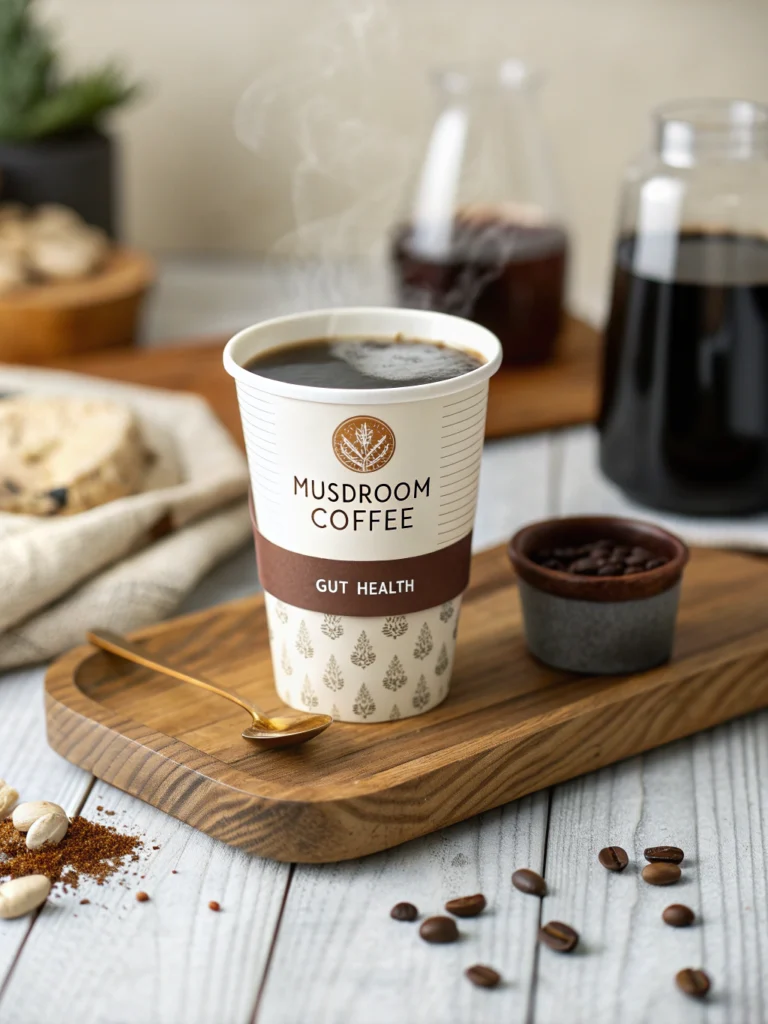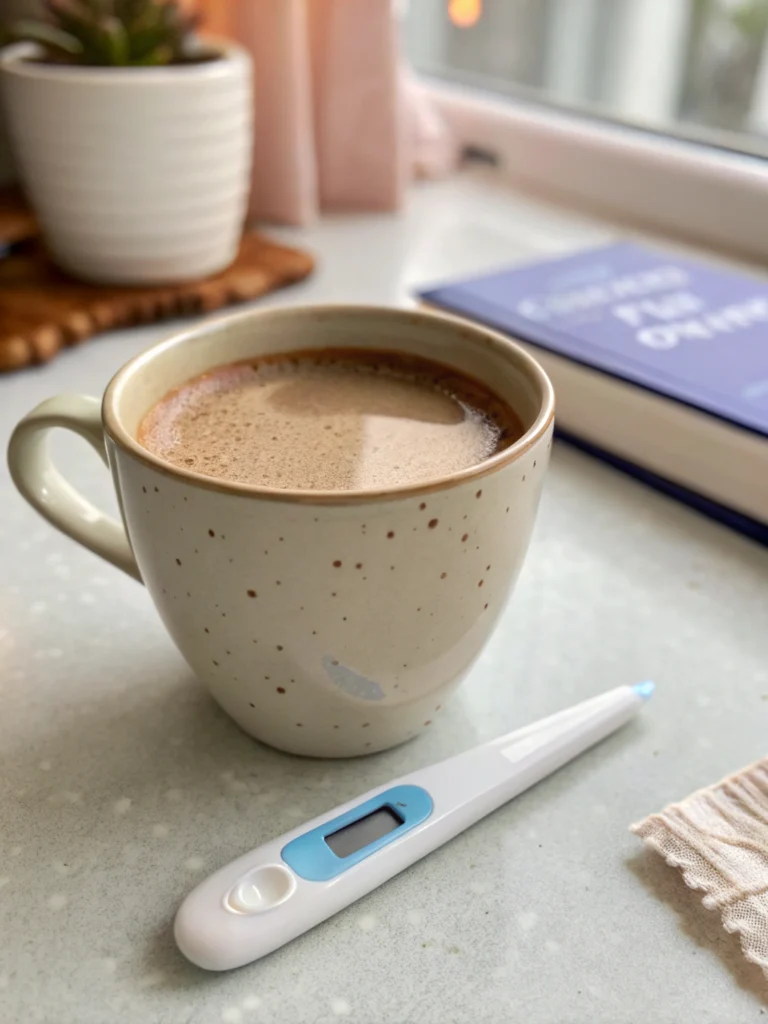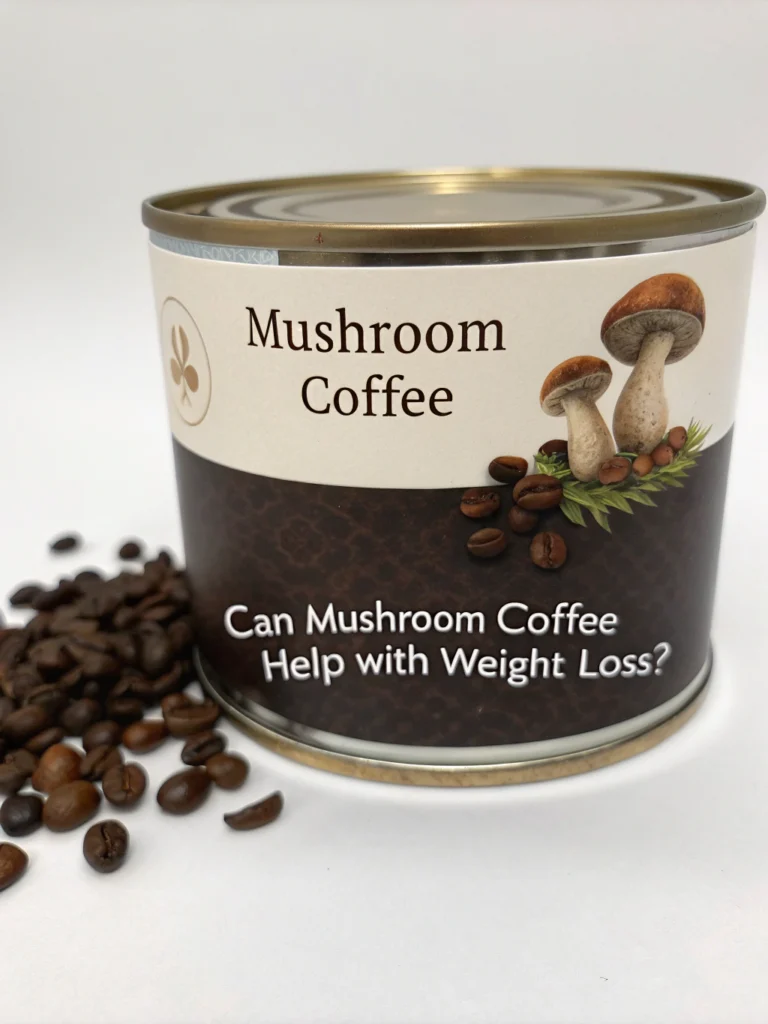Tips for Growing Crisp Cucumbers
Introduction
Have you ever bitten into a homegrown cucumber and marveled at its crisp texture and refreshing flavor? There’s simply no comparison between store-bought cucumbers and those harvested fresh from your own garden. Growing Cucumbers at home not only provides you with delicious, chemical-free produce but also gives you the satisfaction of nurturing a plant from seed to harvest. Whether you have a sprawling garden or just a few containers on your balcony, cultivating garden cucumbers is a rewarding experience that yields bountiful results with relatively minimal effort.
Materials & Supplies
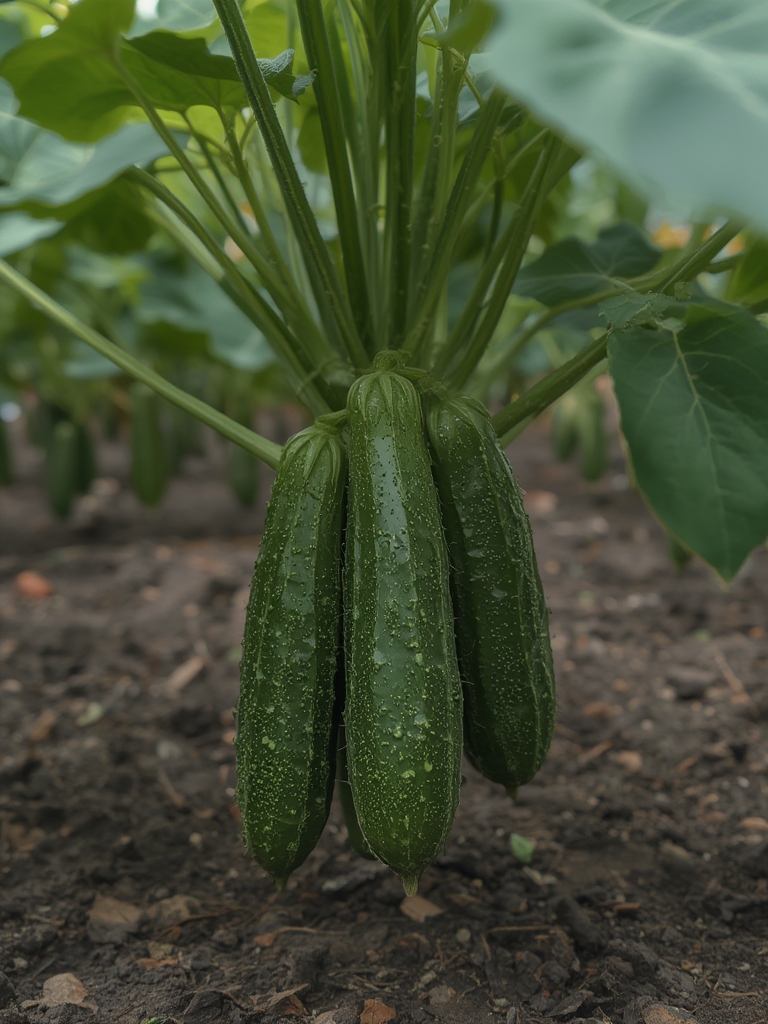
To start your cucumber-growing journey, gather these essential supplies:
- Cucumber seeds or seedlings: Choose varieties suited to your climate and space (burpless, pickling, or slicing types)
- Nutrient-rich soil: Well-draining soil with compost mixed in (pH between 6.0-7.0)
- Containers or garden space: Minimum 5-gallon containers if not planting in-ground
- Trellis or support structure: Cucumbers love to climb, saving garden space
- Balanced fertilizer: Look for a 10-10-10 NPK ratio
- Watering equipment: Soaker hoses or drip irrigation ideal for consistent moisture
- Mulch: Organic mulch helps retain moisture and prevent weeds
- Pruning shears: For harvesting cucumbers without damaging vines
Timing / Growing Schedule
Cucumbers are warm-season crops that thrive when temperatures consistently stay above 60°F (15°C). Start seeds indoors 3-4 weeks before your last spring frost, or direct sow when soil temperatures reach at least 70°F (21°C). From planting to harvest, expect approximately 50-70 days, depending on the variety. Most cucumber plants will produce for about 8-10 weeks before production slows. For a continuous harvest, plant new seeds every 2-3 weeks during the growing season.
Step-by-Step Instructions
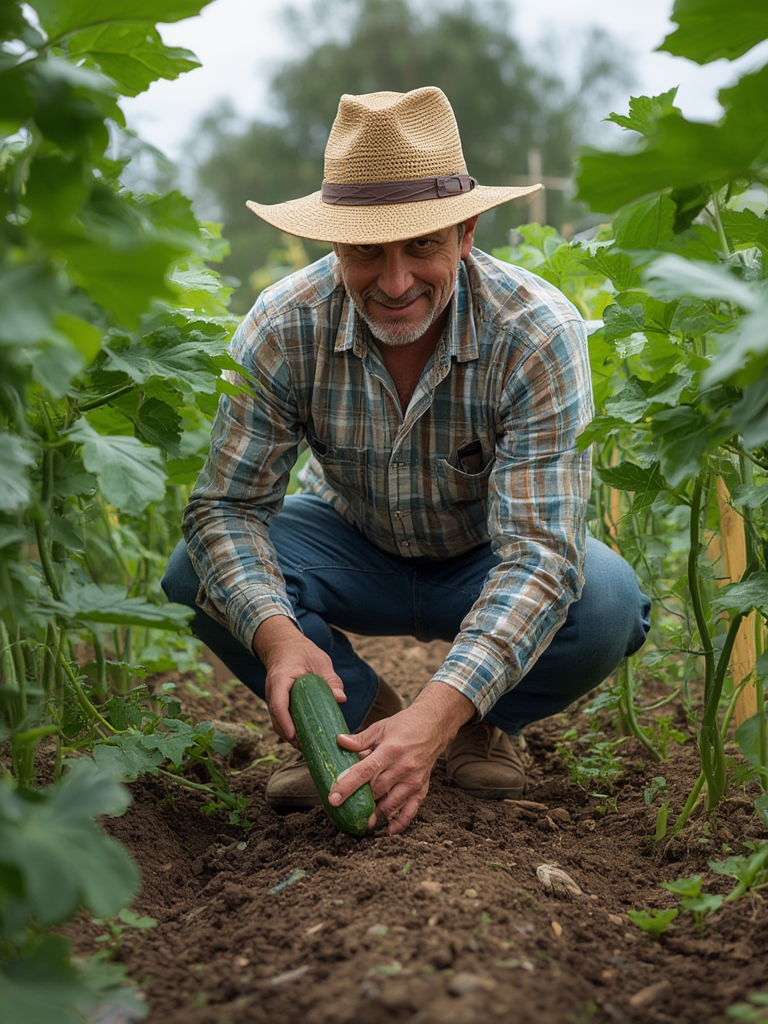
- Prepare your growing area: Choose a location with full sun (6+ hours daily) and enrich soil with compost. If using containers, ensure proper drainage.
- Plant seeds or seedlings: Sow seeds ½-inch deep and 2-3 inches apart, or transplant seedlings 12 inches apart. For trellised cucumbers, space rows 3-4 feet apart.
- Provide support: Install trellises or supports when plants develop their first true leaves. Guide young vines onto supports to train climbing behavior early.
- Watering routine: Keep soil consistently moist but not waterlogged. Water deeply at the base of plants, delivering approximately 1-2 inches weekly.
- Fertilize appropriately: Apply balanced fertilizer when flowering begins, then every 3-4 weeks. Avoid high-nitrogen fertilizers which promote foliage over fruit.
- Monitor for pests: Check leaves regularly for cucumber beetles, aphids, and signs of powdery mildew. Remove affected leaves promptly.
- Harvest correctly: Pick cucumbers when firm and bright green, typically 6-8 inches long for slicing varieties (smaller for pickling types). Harvest frequently to encourage continued production.
Nutritional Benefits
Homegrown cucumbers offer exceptional hydration with 95% water content, making them perfect for summer consumption. They’re low in calories but rich in vitamins K, C, and potassium. The skin contains beneficial antioxidants and dietary fiber, while their high water content supports healthy digestion. Growing your own ensures you can enjoy cucumbers at peak freshness when their nutritional profile is highest.
Tips, Alternative Methods, or Gardening Advice
For small spaces, try bush varieties in hanging baskets or vertical gardens. In hot climates, provide afternoon shade to prevent bitterness. Consider companion planting with sunflowers, corn, or radishes to deter pests naturally. For sweeter cucumbers, reduce watering slightly as fruits mature. Female flowers (with tiny cucumber behind the bloom) are the only ones that produce fruit—don’t worry about male flowers dropping!
Common Mistakes to Avoid
- Inconsistent watering: Leads to bitter cucumbers and poor development. Solution: Use mulch and water on a regular schedule.
- Overcrowding plants: Reduces airflow, increasing disease risk. Solution: Thin seedlings and provide adequate spacing.
- Harvesting too late: Results in seedy, bitter fruits. Solution: Pick cucumbers young and check plants daily during peak season.
- Ignoring early disease signs: Allows issues to spread quickly. Solution: Practice crop rotation and remove affected plants immediately.
Storage / Maintenance Tips
Store harvested cucumbers unwashed in the refrigerator crisper drawer for up to one week. For longer storage, pickle them using your favorite preservation method. Throughout the season, remove yellowing leaves, maintain consistent watering, and apply additional mulch as needed. As vines grow, gently guide them onto supports and remove any that touch the soil to prevent disease.
Conclusion
Growing your own crisp, delicious cucumbers is a straightforward and rewarding gardening project that delivers fresh produce throughout the summer months. By providing the right growing conditions, consistent care, and timely harvesting, you’ll enjoy an abundance of these versatile vegetables. Remember that even beginner gardeners can achieve excellent results with cucumbers, so don’t hesitate to get started. Your salads, sandwiches, and summer meals will never taste better!
FAQs
- Why are my cucumber plants flowering but not producing fruit?
Poor pollination is often the cause. Try hand-pollinating by transferring pollen from male to female flowers with a small brush in the early morning. - How can I prevent cucumber beetles from damaging my plants?
Use floating row covers until flowering begins, introduce beneficial insects like ladybugs, and remove beetles manually in the early morning when they’re less active. - Why are my cucumbers bitter?
Bitterness typically results from heat stress and inconsistent watering. Maintain even soil moisture, provide afternoon shade in hot weather, and harvest promptly. - Can I grow cucumbers indoors?
Yes! Choose compact bush varieties, provide at least 8 hours of bright light (supplementing with grow lights if needed), ensure good air circulation, and hand-pollinate flowers. - How do I save cucumber seeds for next year?
Allow a cucumber to grow past maturity until yellow, remove seeds, wash away pulp, dry thoroughly on paper towels for 1-2 weeks, then store in a cool, dry place.

